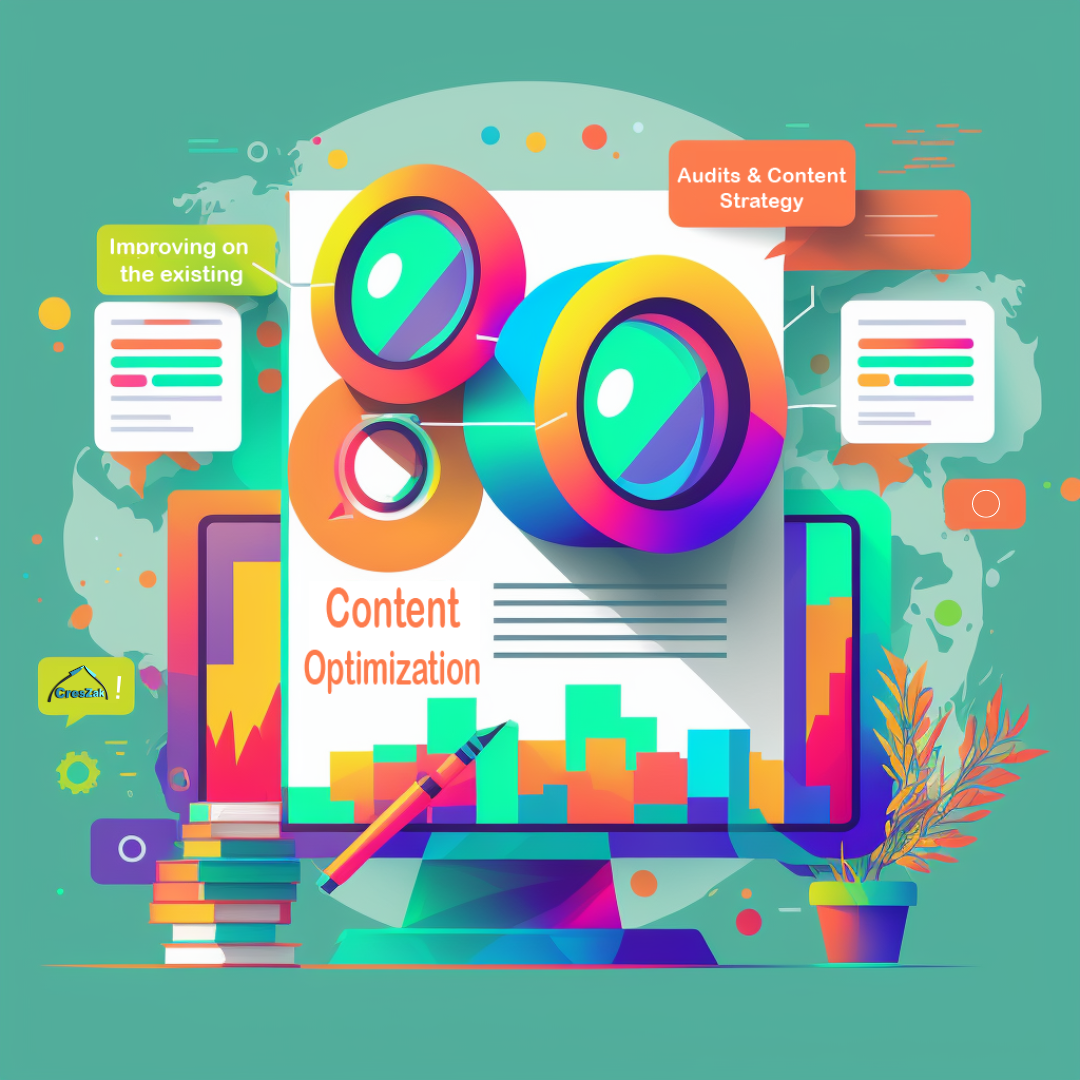2 min read
Learn how to optimize your content for maximum impact and skyrocket your marketing strategy with our comprehensive guide. Discover SEO best practices, keyword research techniques, and powerful tips to improve your on-page optimization. With our actionable insights and expert advice, you can take your content optimization to the next level and drive more traffic and conversions to your website.
Creating high-quality content is just the first step to a successful online presence, Content optimization is equally important. it helps to increase visibility, drive traffic, and improve user engagement. In this article, we explore the importance of content optimization and how it can help to improve your website’s search engine rankings, increase conversions, and build a strong brand. this article will help you to understand the importance of content optimization and how to use it to take your online presence to the next level.
Why Content Optimization is an Essential Part of Every Marketing Strategy
Content Marketing covers much more things than just publishing promotional blog posts. The key to success in marketing campaigns is content optimization. Craft your content keeping your specific marketing goals in mind is an ideal path to move on.
You could be using search engine optimization (SEO) to get your blog post rank on Google, paid search to drive traffic to your content, or social media marketing for generating sales. Nonetheless, your content should always support your goals.
What is important to remember is that content optimization is not just a “one-and-done” task. You must revisit and optimize your past articles for the need of your current and future readers.
Understanding Content Optimization
Content optimization is defined as the practice of “providing essential data that search engines will use to determine what your content is all about.”
It’s a common misconception that content optimization merely means SEO, Though SEO is important, it is only one element. The larger scope of content optimization ensures that your content can reach its largest possible target audience. Your blog posts, articles, interviews, guides, landing pages, and other content must be written in such form so that the search engine algorithms recognize that content as relevant.
Since your human readers are the most important piece of the puzzle, you have to make sure that your headlines are enticing enough for people to click and read through your content.
Improving on Existing Content
SEO is a critical element of content optimization. But Google and other search engines do take into account many other elements, some of the following elements include:
-Backlinks to the article
-On-site SEO (proper use of keywords, meta tags and descriptions)
-Technical SEO on the back-end of your website (such as user experience and site speed)
-Optimized photos (proper use of alt tags)
-Content quality
-How many people click on the article
Keep these elements in mind when writing a blog post, or any other type of content to increase visibility and engagement on multiple search engines.
Content Audits Can Help You Improve Existing Content
If you already have a substantial amount of content on your website, the best course of action would be to start auditing that content. The first step is to determine what keywords you want to rank for now, as through these words your target audience would identify your industry, products, or services.
Once you’ve refreshed your keyword list, you need to re-evaluate your customer’s searches and pain points they are putting into Google. You ought to include those keywords and solutions to those pain points throughout your content.
When optimizing existing content, it is best to focus on following areas first, as these will have the most impact and related to SEO.
-Meta-descriptions
-Slug, or URL (if you change this, you ought to make sure the proper execution of redirect so you don’t have a dead link on your site)
-Images and optimized photo descriptions
-Headers (H1, H2, H3)
-Keyword placement and frequency within the article
Create a Content Strategy
When creating new content, it is crucial to approach it with an eye on your overall content strategy and optimization goals in mind. It may not be realistic to aim at page one on Google, but setting goals for CTRs, conversions to sales and reduced bounce rate. Ponder how your content works better. Content optimization should be to move steadily up in the search engine result pages.
Hope you enjoyed this article! Make sure to check out our other blogs for more interesting articles relating to content optimization and strategy.


